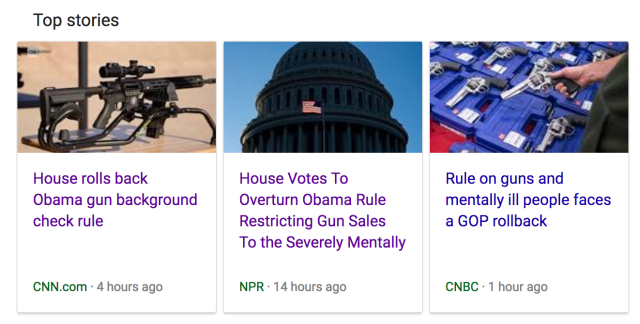For about seven years before law school, I worked as a freelance newspaper photographer (I’m not that old, I started in high school). I learned one of my most valued lessons about journalism during a photojournalism course taught by a great friend/mentor/co-worker.
My professor displayed two photographs taken during the same political rally. The first photograph displayed a politician, standing at a podium, flanked by a tightly-packed crowd, holding up handwritten signs. The image was shot with a telephoto lens, which (as photographers know) creates a sort of “compression” effect, allowing the crowd behind to fill the frame – giving the viewer a feel that there are many people behind the speaker.
The second photograph displayed the same scene, but this time, using a wide-angle lens, showing a broad view of the speaker and area surrounding the podium. In this second image, the crowd looked much smaller and you could see only a handful of people, mostly local media, standing in front of the podium. The few members of the public present were closely gathered behind the speaker. Not pictured, was the fact that before the rally started, those handwritten signs were distributed by the politician’s media team.

Another example: the photo on the left is shot with a wide angle lens. The photo on the right is shot with a telephoto lens, giving the image a more compressed and crowded feel, despite roughly the same number of bikers in the photograph.
Both images were taken of the same event. Both where “true,” in that nothing was staged, faked, edited, or changed by the photographer. Yet how the images were presented gives the viewer a vastly different feel. If both images are given to the desk editor, which one do you think he or she will choose?
Often, the better image makes it into the paper. People want to see emotion, or a close-up of the speaker. Plus, if the newspaper runs the wide shot – showing very few in attendance at the event – the paper could be seen as slighting the politician, overly emphasizing the small crowd.
Which angle the journalist ultimately chooses is a dilemma that also applies to written stories.
***
Another Least Dangerous Blogger, Joel Nolette, posted something to illustrate the nature of this in recent news.

Despite the ACLU’s recent popularity in opposing President Trump’s Executive Order on immigration, most news outlets seemed to sidestep the ACLU’s support of the Republican decision to repeal the Social Security Administration NICS Final Rule. I’ll leave you all to speculate as to why…
Here are some more examples of headlines covering the story from the top of Google News:

NPR’s headline is particularly noteworthy, “House Votes To Overturn Obama Rule Restricting Gun Sales To the Severely Mentally Ill.” As of this post, the NPR article says nothing about the ACLU’s opposition – yet does mention the NRA’s support for the Republican move. Of course, some articles explain both sides a little more.
The Huffington Post‘s headline was similar to NPR. Shocking.

The ACLU’s comment opposing the rule states “There is no data to support a connection between the need for a representative payee to manage one’s Social Security disability benefits and a propensity toward gun violence.”
The ACLU is, in no sense, a gun-rights absolutist, but the comment goes on to explain:
At the same time, regulation of firearms and individual gun ownership or use must be consistent with civil liberties principles, such as due process, equal protection, freedom from unlawful searches, and privacy. All individuals have the right to be judged on the basis of their individual capabilities, not the characteristics and capabilities that are sometimes attributed (often mistakenly) to any group or class to which they belong. A disability should not constitute grounds for the automatic per se denial of any right or privilege, including gun ownership.
And then there was a little Twitter spat between Rachel Maddow and the NRA.
How the news is presented matters. News can have an angle even when it isn’t fake, doesn’t contain “alternative facts,” or the byline of a known partisan. In fact, the discreet biases might be the most harmful.


